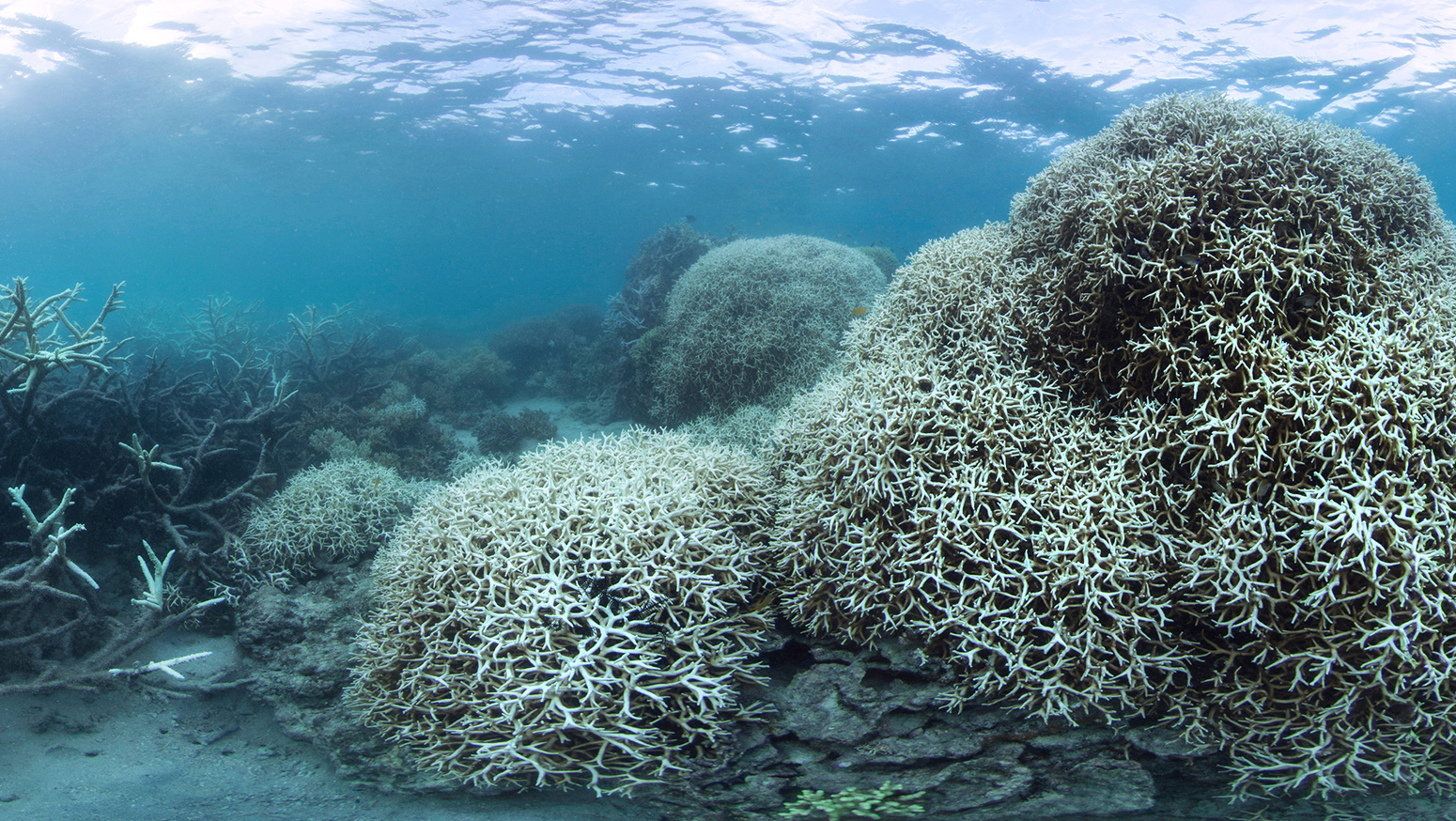An environment official has warned that over 95% of corals off the coast of Asalouyeh in Bushehr Province will most likely die by the end of summer due to high temperatures.
Speaking to Mana, Davoud Mirshekar, the head of Marine Ecosystems Office at the Department of Environment, said, "Like previous years, soaring temperatures have led to mass coral bleaching in large areas of the Persian Gulf."
While it is too soon to determine the precise scale of the damage, the official said the exact figure will be announced after an assessment that has been scheduled for October. Last year, 40% of corals off Kish and Kharkoo islands were damaged by heat, whereas the figure stood at 90% for corals in Asalouyeh.
Mirshekar added that higher temperatures this summer will likely have a greater impact than last year, with about 95% of corals expected to suffer heat-caused damage.
"More corals in Kish and Kharkoo will be bleached too," he said, adding that coral studies near other islands in the Persian Gulf and Sea of Oman are underway.
"Hopefully the damage is not permanent and most corals will recover in fall, as temperatures drop."
While coral bleaching usually reverses after summer when temperatures drop, consistently high temperatures in recent years have ensured corals receive no respite.
Sudden increase in water temperature over recent years, driven by global warming, has caused extensive bleaching among corals in the region. Vulnerability to bleaching differs among coral species. Corals located in deep waters, where temperatures are cooler, are less vulnerable to bleaching.
Coral reefs are among the most distinctive marine environments and ideal habitats for a great number of sea animals that sometimes take up to 500 years to be restored.
They also act as natural breakwaters preventing strong water waves in coastal areas. Their extinction can have a serious impact both on the environment and human life in coastal areas.


